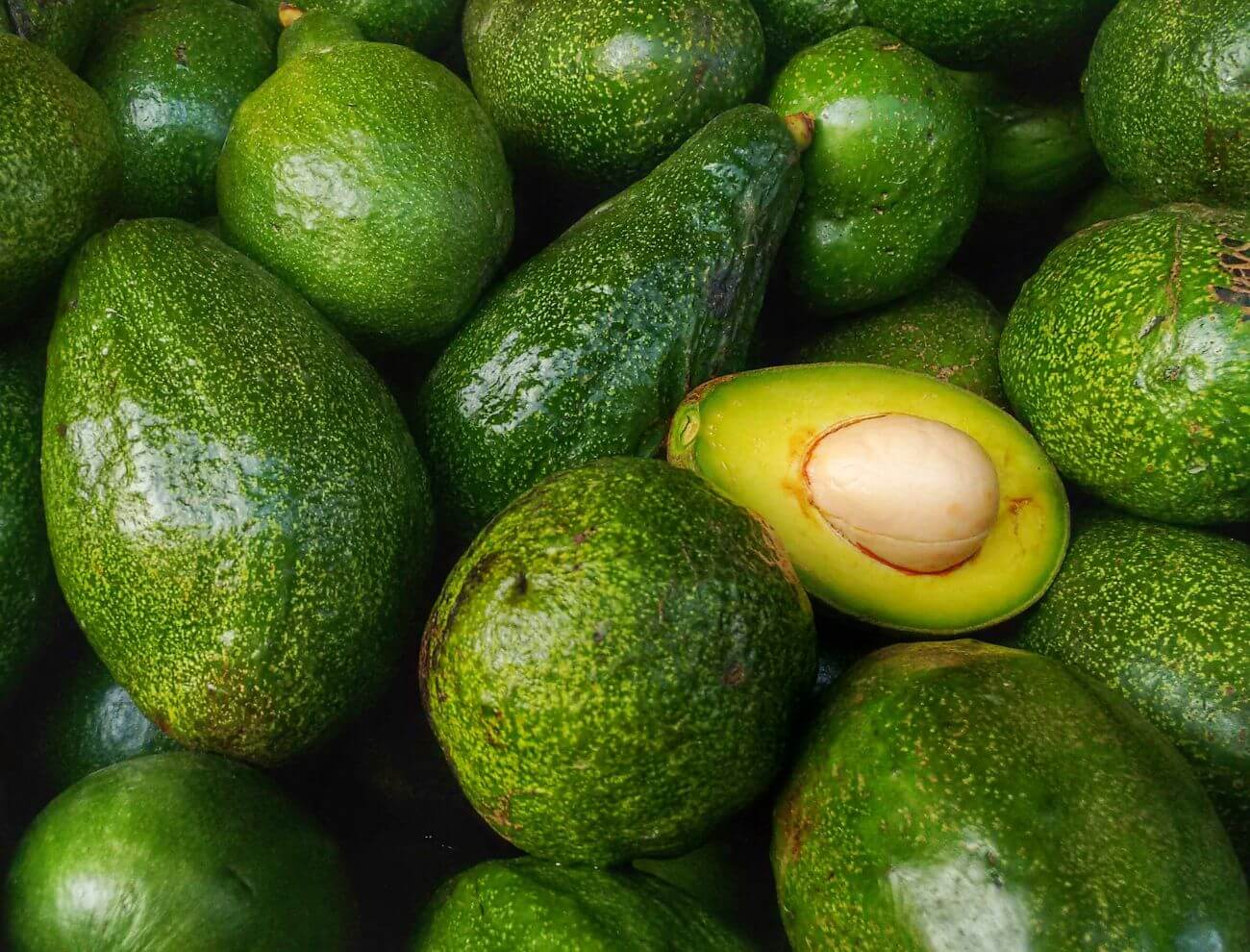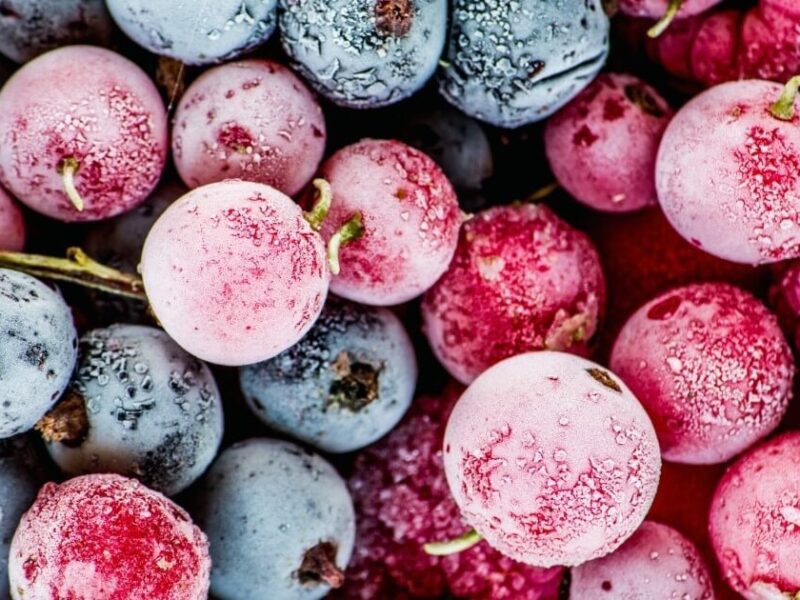
The U.S. Avocado Market in 2022: Domestic Production and Import Challenges
The mighty avocado has seen a meteoric rise in popularity over the last few years, due mainly to its status as a superfood. According to a recent survey, over 70% of American grocery shoppers decide to buy avocados simply because they are a healthy addition to their diets.
Considering guacamole, avocado toast, dips, salads and many other popular avocado-based dishes, it’s safe to say that avocados have become a staple of the American diet. In 2021 alone, the U.S. consumption of avocado went up to three billion pounds.
The current state of the U.S. avocado market
The increased demand for this tropical fruit has to be met with a significant increase in production. In the United States, California accounts for about 95% of domestic production. Last year, over 135 thousands tons of pounds of avocados were harvested in this state.
In a recent report on the avocado market, Mordor Intelligence notes that: “Avocado consumption is expected to keep increasing steadily with the increase in the population in the United States. Monthly shipments of avocados to the United States set a new record in 2021 at nearly 320 million pounds, representing a 33% increase.”
Despite the large production of avocados in U.S., the avocado market relies heavily on imports to fill the supply gaps and meet consumer demands throughout the year. Because avocados only thrive under tropical or sub-tropical climates, domestic production varies throughout the year due to weather conditions.
The peak growing season for avocados in the U.S. lasts from April to September. Between October and March, imports help keep supply levels high and satisfy domestic demand. According to the USDA, all avocados must meet certain requirements before being shipped into the country. These requirements cover maturity levels and phytosanitary certificates.
Where does the United States import avocados from?
The main exporter of fresh avocados to the U.S is Mexico. Avocados are native to Mexico and Central America, so the country has a clear geographical advantage. In 2021, 86% of Mexican exports went to the U.S. Much of the Mexican production of avocado is centered around the state of Michoacán, although recently a new state – Jalisco – has been authorized by the USDA’s Animal and Plant Health Inspection Service (APHIS) to start shipping the U.S.
Besides Mexico, several South American countries such as Peru, Chile, the Dominican Republic and Colombia also provide a significant volume of avocados to the U.S. each year. Last year, Peru accounted for 6.05% of imports, followed by the Dominican Republic with 1.70% and Chile and Colombia both under 1%.
Growing issues with avocado imports
Avocado imports play a crucial role in filling the demand and needs of the U.S. market. However, much like the U.S., all major avocado exporters face challenges related to weather, inflation or even politics. Volumes fluctuate annually based on avocado location, climate and market demand.
Mexico – The Mexican avocado market is seeing a huge spike in avocado prices due to inflation. Bloomberg points out that “an index tracking avocados from the Mexican state of Michoacán, where most of the country’s production comes from, is up almost 140% so far this year to 1,000 pesos ($51) per 9-kilogram box, the highest in data going back to 1998”. The dramatic rise in prices is mainly caused by an acute fertilizer shortage.
Earlier this year, imports from Mexico to the U.S. were temporarily suspended after a USDA inspector was verbally threatened. The ban was peacefully resolved and lasted only one week, but it offered a glimpse of the ripple effect such disruptions can have on the U.S.-Mexico supply chain.
Peru – Peru is also facing fertilizer shortage issues, forcing growers to seek alternative solutions in order to keep up production. According to the president of Association of Hass Avocado Producers of Peru, half of Hass avocado hectares in Peru are impacted by the fertilizer shortage.
Chile – The 2022 avocado growing season in Peru is off to a slow start, due to unfavorable weather conditions. Draught and frost have affected harvests in different growing areas, leading to a drop of 14.4 percent in production. The remaining crops will mostly be distributed amongst domestic consumers and Western Europe, a major commercial destination for Chilean avocados.
Avocado market forecast
Experts project that the U.S. avocado market is set to grow at an annual rate of 6.04% and reach 4.478 billion U.S. dollars by 2027. The health appeal of the avocado, the increased awareness of plant-based alternatives, and rising purchasing power of the young consumers are the main factors driving this growth. On the other hand, the global avocado market was worth approximately nine billion U.S. dollars in 2020 and is set to exceed 17.9 billion U.S. dollars by 2025.
The growing demand for fresh avocado in the United States calls for an increase in production, not just domestically, but also through imports from Mexico and South America. Despite its challenges, Mexico will most likely continue to dominate the U.S. and global avocado export market, but countries such as Peru, Chile and Colombia can still fill in any remaining gaps in production and help avoid any massive avocado shortages in the coming years.
Despite the ebbs and flows of avocado availability, you can always find prime quality wholesale avocados at reasonable prices here at Valley View. Browse our extensive catalog of fresh produce, regional and local specialty items, meats, dairy and more and place an order for a quick delivery to any of NYC’s five boroughs, Jersey City, Hoboken, West New York, and Weehawken Township.






